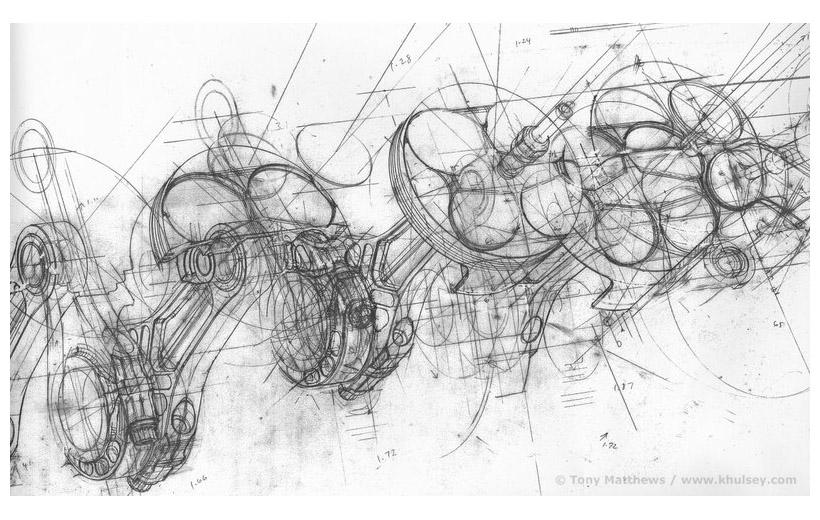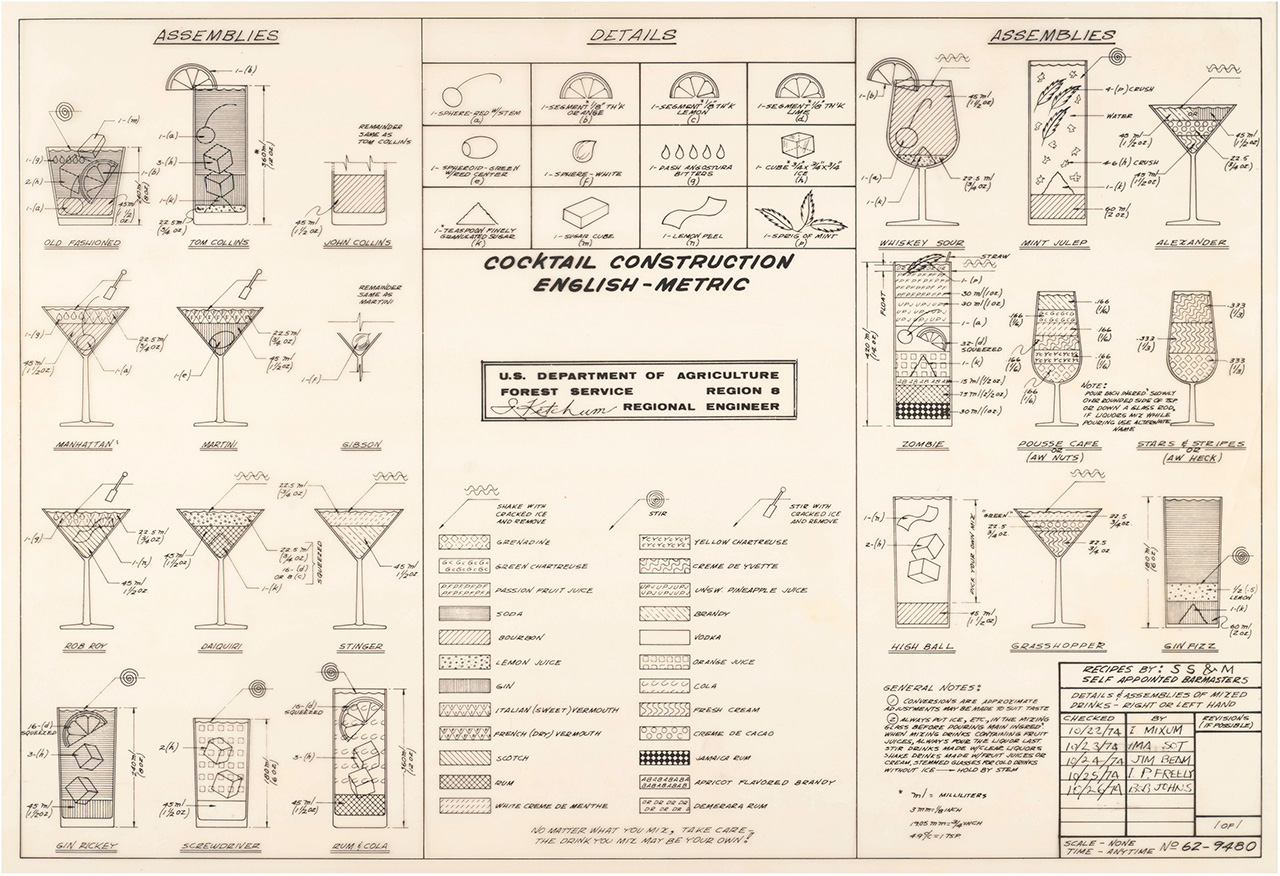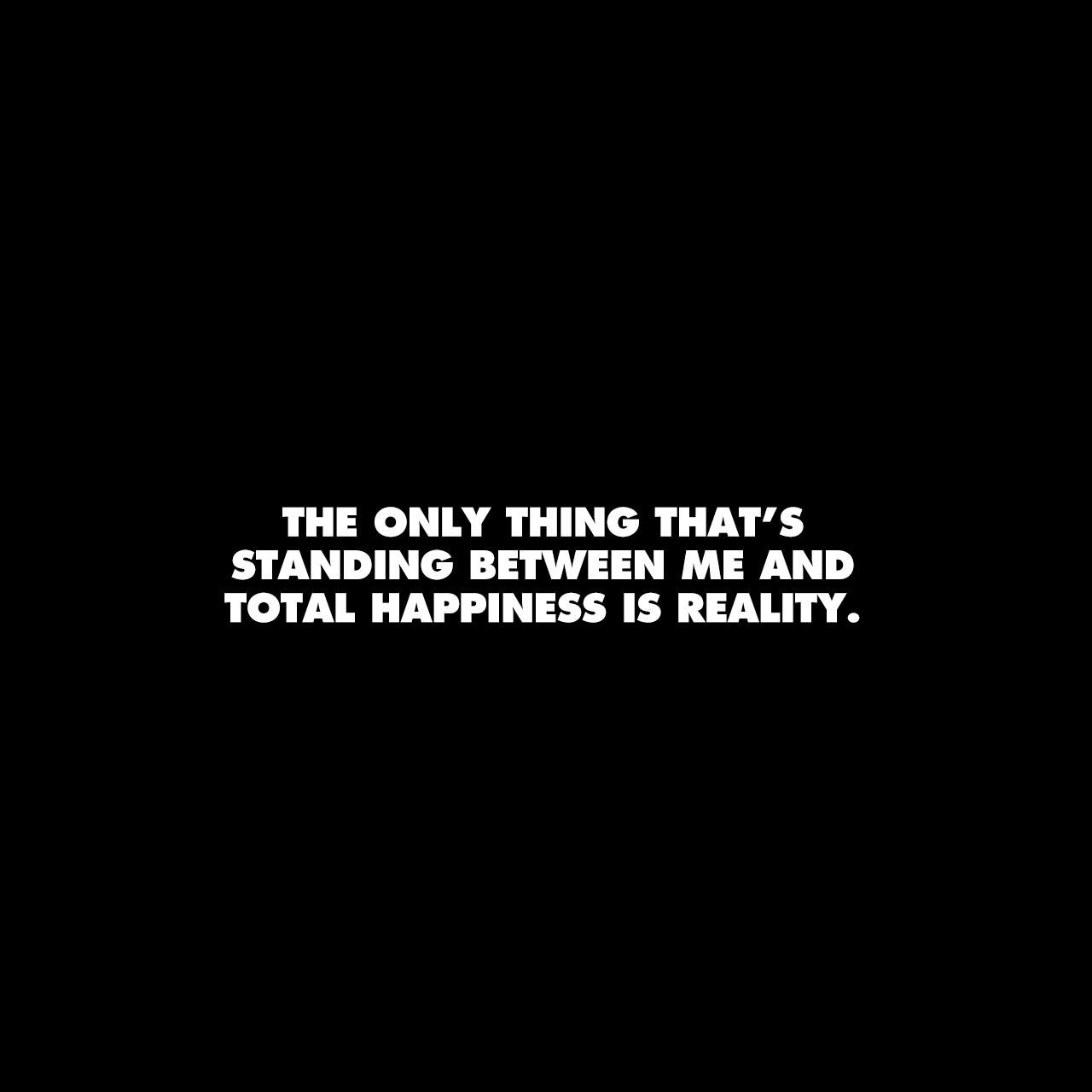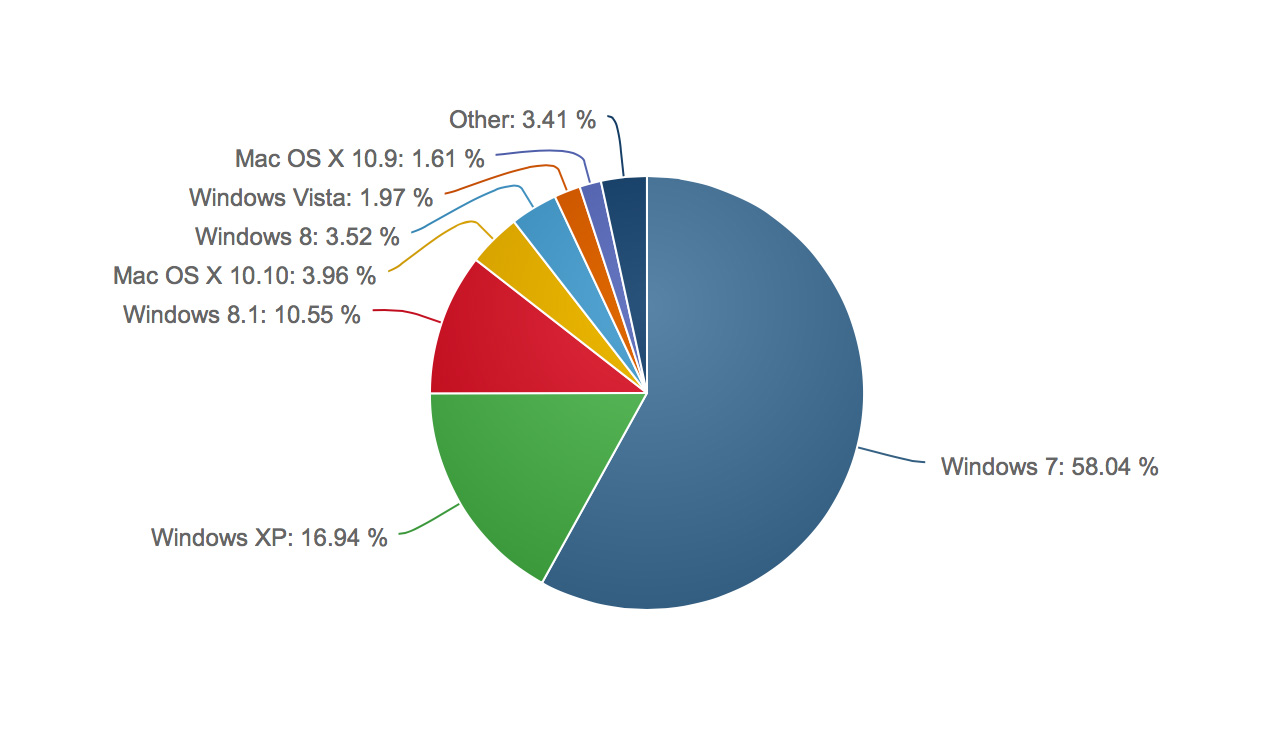The Commoditization of Design
When you squint your eyes and tilt your head, don’t a lot of these products look awfully, well, similar? Don’t they look pretty but, at times, a little dull?
When it becomes necessary for virtually every business to signal they value design by adopting an up-to-date style, it becomes a commodity, a box to be ticked. That fresh look quickly becomes a cliché. This descent towards aesthetic monoculture was helped by the ease with which this particular style can be cheaply imitated: stick a blurred photo in the background, lay some centered Helvetica Neue on top and you’re already halfway there!
What other opportunities might we be missing out on? The internet and its surrounding technologies are the driving cultural forces of our generation. Taken individually all of these designs are quite beautiful. But who wants to live in a world with only one type of beauty?
—Has Visual Design Fallen Flat?, Emmet Connolly
Great points all around in this piece.
What is the solution?
We could argue platforms like Squarespace have contributed to this homogonization and commodification of design, but at the same time, they’re enabled people and small businesses to create nice looking sites with an extremely easy-to-use content management system. In an alternate universe where Squarespace didn’t exist these would likely be horrendous HTML sites built in Dreamweaver or mobile-incompatible Flash sites from 2005.
The sad truth for a lot of designers (I’ve had a career as a designer for 15 years) is that many clients don’t need a custom-made website. An off-the-shelf solution from Squarespace, Virb, Weebly or Wix is more than adequate for many people. A custom website will not impact most businesses more than a one made with one of the previously mentioned services. This fact might hurt some egos, but the sooner designers come to terms with this, the better off they’ll be.
An even scarier and sadder truth is one people in the creative field like to think doesn’t apply to them: that robots and artificial intelligence will never replace them. Spoiler: this is already happening. My only advice is the words of Charles Darwin, and my daily mantra: “It is not the strongest nor the most intelligent species that survives, but the one most adaptable to change.”
Your value as a designer is in your ability to solve problems for clients. Most of the time this manifests itself in visual solutions, but as designers we have to learn that we can and should be able add value in other ways (again, follow the above mantra).






